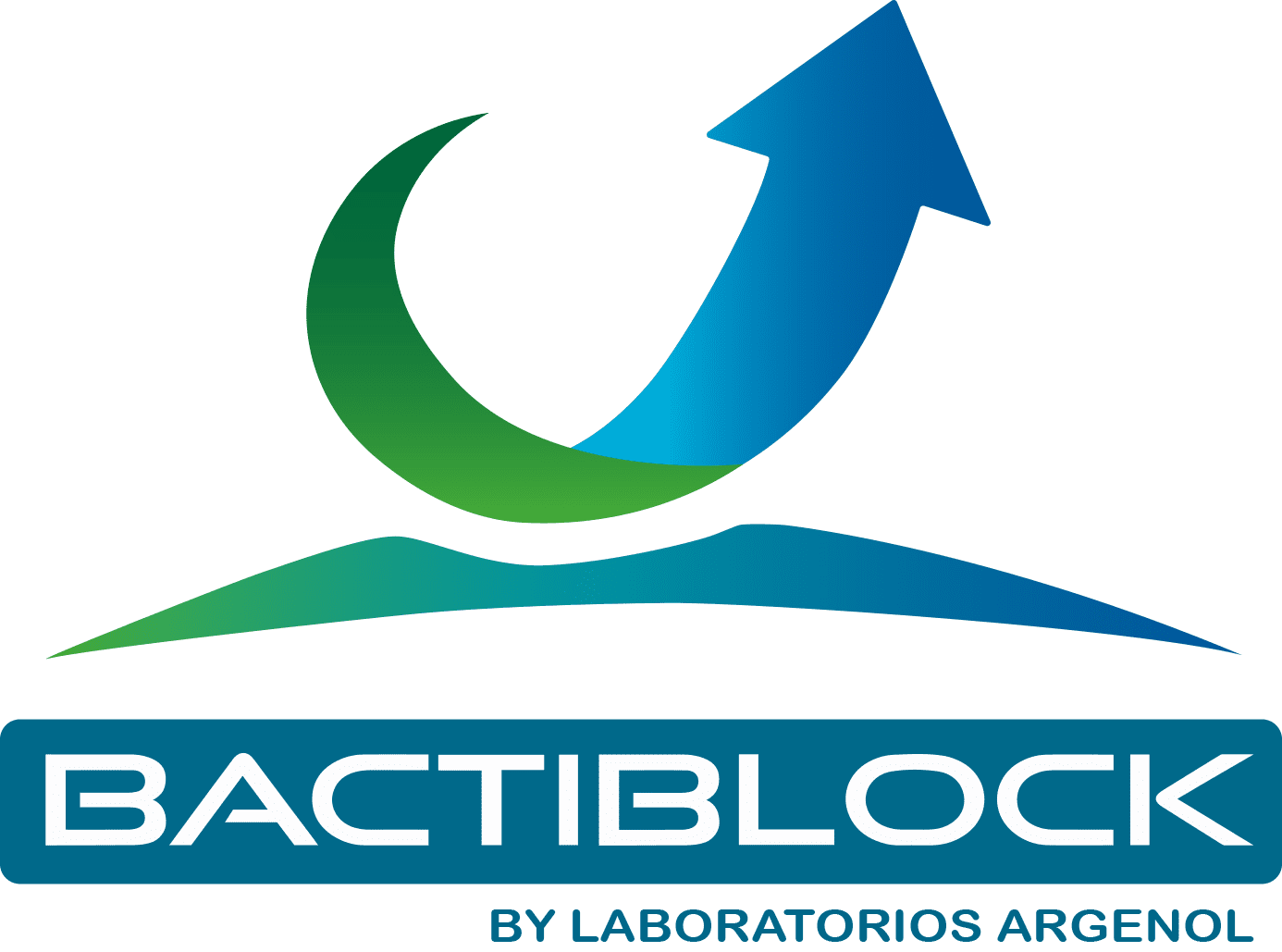Bactiblock® in art

Have you ever wondered how our cultural heritage is kept in good conditions?
Did you know that we are able to enjoy many of the paintings and historical monuments created many years ago thanks to the work of specialized professionals and techniques?
Objects of our cultural heritage are often prone to biodeterioration. This term is defined as any unwanted alteration of the material’s properties caused by alive microorganisms. The mentioned alterations can be induced by macroorganisms (plants and animals) or by microorganisms (bacteria, algae and fungi). When it comes to microorganisms’ growth in sights and works of art, there are two main causes that we should mention: the substrate’s chemical nature and environmental conditions. Unsuitable storage and irregular maintenance of cultural assets in archives, museums and storerooms usually boost microbial proliferation. Considering this situation, there is room for BactiBlock® to help!
BactiBlock® is thrilled to participate in a research project called “Fighting against biodeterioration in oil on canvas paintings through the use of antimicrobial adhesive nanomaterials” with Aragon’s Institute of Nanoscience and Materials (INMA-CSIC/UNIZAR).
One of the painting techniques most popular nowadays is oil on canvas. This technique appeared at the Middle Ages and since then it has been one of the most important artistic expressions, constituting noted works of art with an important historical and cultural value.
If we compare oil on canvas to other forms of art, these kinds of paintings are probably offering the broadest range of microhabitats and nutrients to be exploited by a wide variety of microorganisms. That is to say that the materials into the painting (cellulose, binders, oils) are all of them formed by organic molecules. Being these molecules a source of high nutritional content for microorganisms, easy and quick degradation of the painting is unfortunately ensured. Some examples of fungi strains found on canvas can be observed in the following picture:

Artistic and historical oil & canvas paintings are inevitably exposed to degradation. This requires continuous development of advanced materials able to counteract degradation process. Systematic formulation of functional and adapted materials that are able to protect, preserve and restore works of art represents a challenge open to research with the aim of replacing accidental or empirical approach in restoration techniques.
We will be happy to share with you further information as this project goes along!
Previous news
BactiBlock® antimicrobial pet products
Pet ownership in Europe (and abroad) has shown continuous growth, driven by factors like urban living and increased appreciation for companionship, particularly during the pandemic. According to a recent survey, nearly 50% of households by now have a pet, ranging from...
BactiBlock® antimicrobial products for the summer
Summer is already here and that means plenty of plans and celebrations! This could be a time for significant gatherings, like local festivals, celebrations of personal milestones, or other community events. Celebrations can bring people together, fostering a sense of...
BactiBlock® will exhibit at FOAM EXPO NORTH AMERICA!
This new edition of Foam Expo North America will take place in June 24-26, 2025 at Suburban Collection Showplace, Novi, Michigan and BactiBlock® will be there! Foam Expo is the continent's largest foam event, offering three days of networking, innovation, and business...
New consumption habits & listeria infections
Have you heard about a bacteria called Listeria? Listeria monocytogenes is a well-known and feared bacteria, specially when it comes to the agri-food industry. This widespread bacteria posses a great resistance to particular conditions and, because of that, it can be...
BactiBlock® treated artificial grass
Artificial grass or turf consists of a surface made from synthetic fibres, which designers engineer to imitate natural grass's aesthetic qualities and feel. It is much more durable than natural grass and easily maintained without irrigation or trimming. Stadiums and...

Autovía Logroño Km 7,4
50011 Zaragoza - ESPAÑA
Autovía Logroño Km 18
50298 Pinseque (Zaragoza) - ESPAÑA




Autovía Logroño Km 7,4
50011 Zaragoza - ESPAÑA
Autovía Logroño Km 18
50298 Pinseque (Zaragoza) - ESPAÑA




